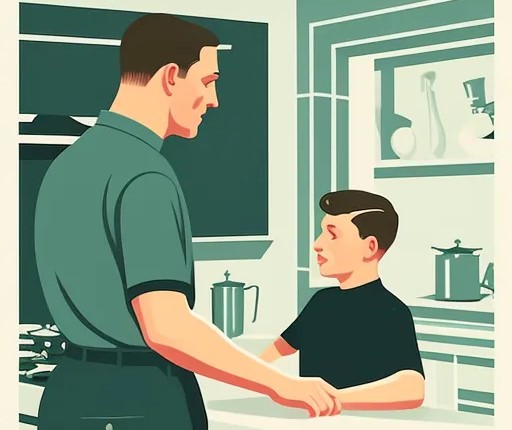
Buy it on Kindle
(paid links)
Pippi Long stocking, Book #2
My kids are growing up faster than I expected (said every patient ever, probably). When I found the second and fourth Pippi Longstocking books in our church library, I personally was stoked, but my aging kids were less so. I mean after all, they’re 11 and 12—nearly wizened teens!
It was only about eight months ago that we read the first book, Pippi Longstocking (1950). Because we loved that one so much, we decided to follow it up with the only other book in the series we had available, which was the third, Pippi in the South Seas (1959). I promised the kids I’d keep my eyes open for the other two. Although I just said they weren’t too excited for us to read Pippi again together, that changed once I actually started reading it.
There’s just something about Pippi Longstocking, that wildly unpredictable girl. I described her once to a friend as “almost like a child superhero” and I still think that way: incredibly strong, utterly wealthy, always right, and able to get into and out of any fix imaginable in her small Swedish town. Yet she’s also a fantastic storyteller (I don’t call her “a liar”) and wonderfully funny.
Pippi Longstocking is the epitome of joyful, no-consequence chaos in a world of rules and order—and while I’d probably hate the idea, had I read that in a review, I’m writing it in my review because it’s true and it’s wonderful. Her chaos is neither a religious nor a spiritual statement, but rather a cry to everyone everywhere to live and wonder like a child again.
Every chapter in this book is essentially a short story fit snugly within a chronological plot leading us to main point, that Pippi’s cannibal-king father has returned to Villa Villekulla and hopes to bring Pippi home to his island of reformed cannibals in the Pacific. Of course, Pippi’s eventual visit to the island is the plot of that third book, Pippi in the South Seas, but for now we get to stay alongside Pippi, Tommy, and Annika near Villa Villekulla.
Whenever I read these books, I’s shocked at how well the humor translates from Swedish to the English. Pippi’s humor is dry and occasionally punny, and even a classic little joke like this made us all laugh:
The pancakes tasted wonderful when you ate them steaming hot. There were no plates and no knives or forks, and Annika asked, “May we eat with our fingers?”
“It’s all right with me if you do,” said Pippi, “but for my part, I’ll stick to the old method of eating with my mouth.” (79)
This book also contained a touch of childish wisdom, as in this declaration of what might be called “Pippi’s motto,” stated in a short exchange between Pippi and her father:
“You’re right, as always, my daughter,” answered Captain Longstocking. “It is certain that you live a more orderly life in Villa Villekulla, and that is probably best for little children.”
“Just so,” said Pippi. “It’s surely best for little children to live an orderly life, especially if they can order it themselves.” (113)
I’m so glad I finally came across these other books in the Pippi Longstocking series, though I hear there’s even more out there in Swedish that are harder to find in English. I’d not be against seeking out a hard-bound omnibus of her stories, if such a thing exists. If it doesn’t, Astrid Lindgren’s legacy needs to look into that. You’ve got at least one potential customer right here.
©2024 E.T.



